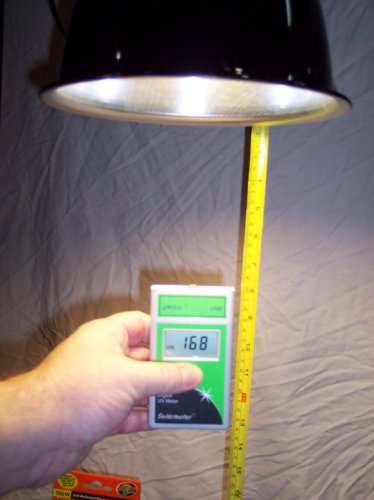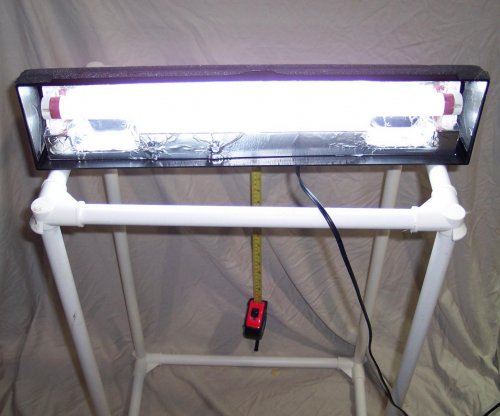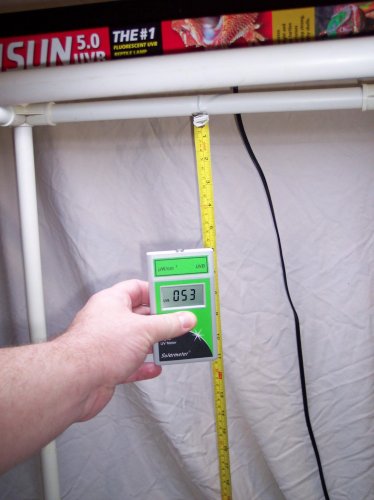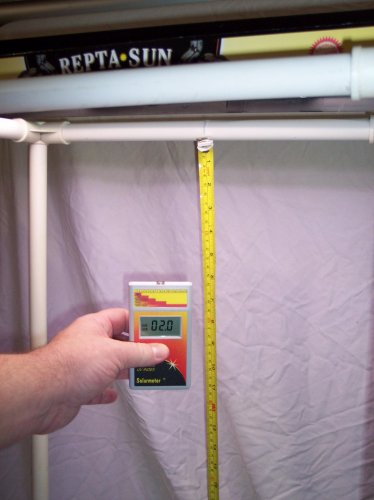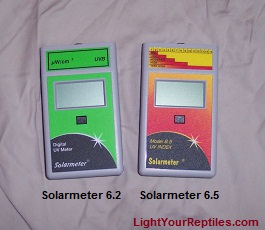laurie
Retired Moderator
Just wondering if anyone out there knows a lot about UVB blubs, I have a meter but still have a big question.
Over the lifespan of a UVB Florescent lamp, does the intensity of the light output (Lumens) decrease, or does the spectral output of the lamp shift out of the UVB range (315-280nm), or does it do both? If a shift in the spectral output does occur, in which direction?
Over the lifespan of a UVB Florescent lamp, does the intensity of the light output (Lumens) decrease, or does the spectral output of the lamp shift out of the UVB range (315-280nm), or does it do both? If a shift in the spectral output does occur, in which direction?






